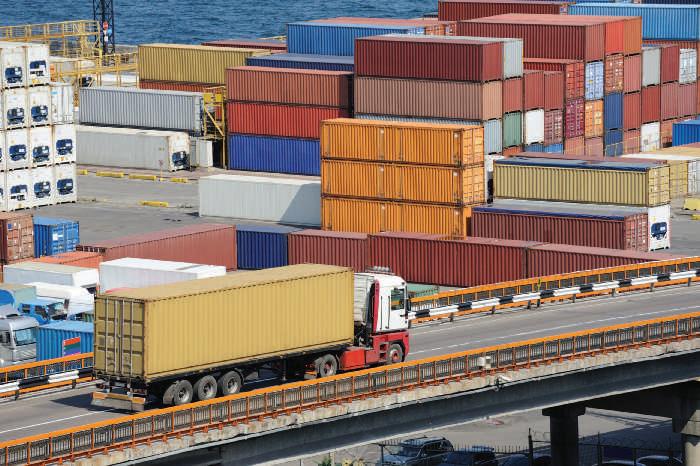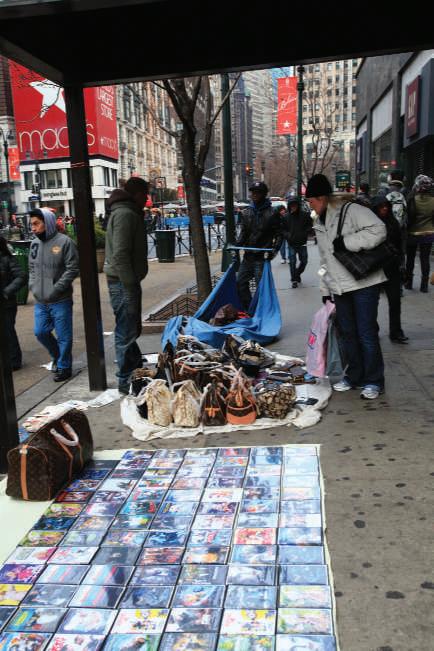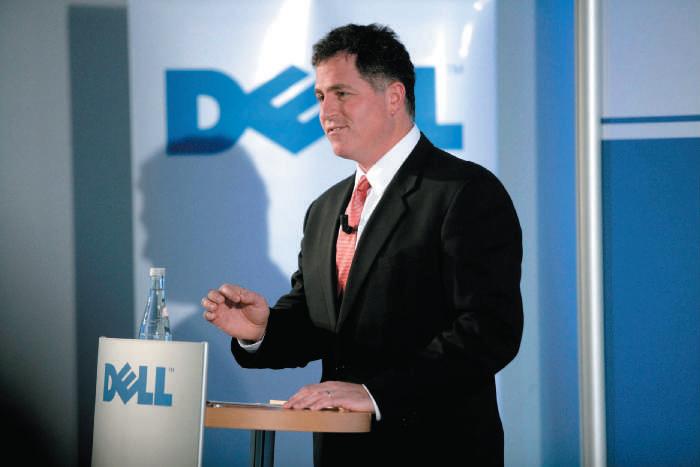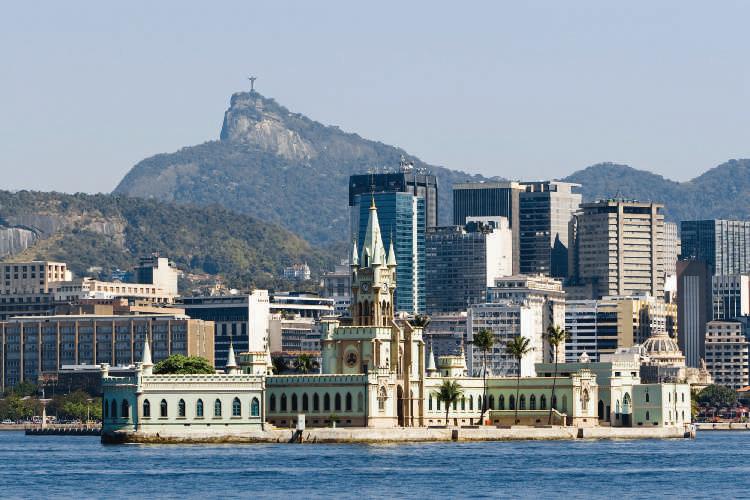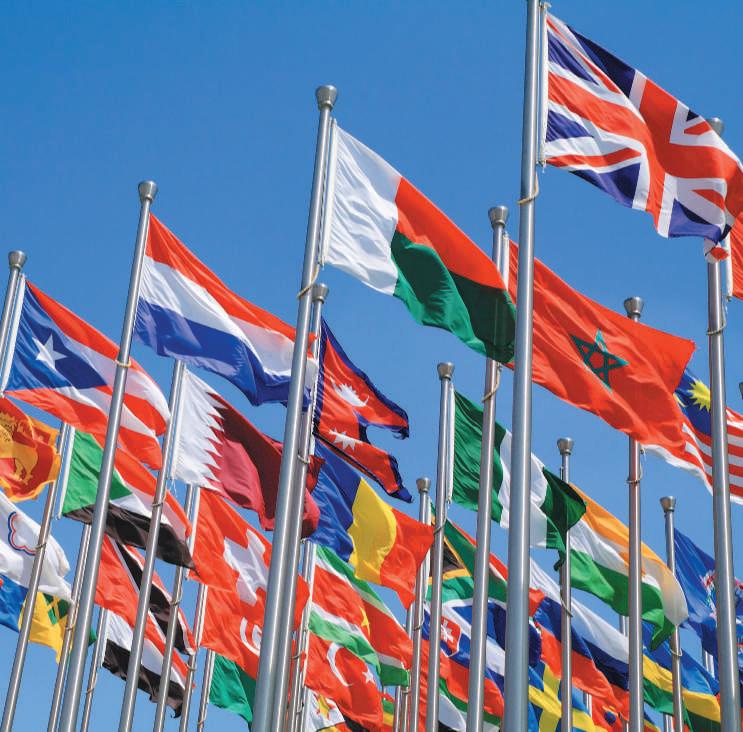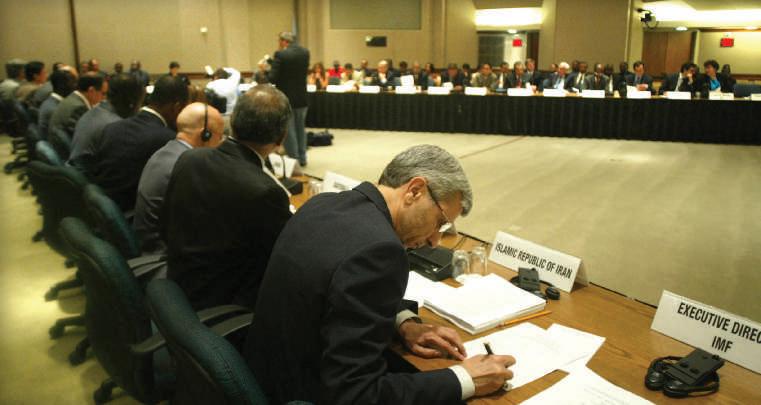8
C h a p t e r 1 T h e Ri s e o f G lo b a li z a t io n
1-1b D ecoupling and the Move to a Multipolar World Economic Order4 In the past, the developing world has generally been perceived as a drag on global economic growth. However, recent evidence shows that the developing world, especially the emerging economies of Asia, could instigate worldwide growth in the future as developed countries try to recover from the global credit crisis. While many Western populations are becoming increasingly wary of globalization, evidence of this in Asia has not been noted. Indeed, most Asian countries welcome globalization as a means to enhance their business and economic growth. Despite fears that they could be among the leading victims of the global financial crisis, emerging economies like Brazil, India, and China grew strongly by an average of more than 7 percent a year during 2000 to 2012 while advanced countries of Europe, the United States, and Japan grew by an average of 1.2 percent. The Paris-based Organization for Economic Cooperation and Development (OECD) believes that while the U.S. economy has generally powered strong rebounds from global downturns, the future could be significantly different. Economic data for robust emerging economies, such as Brazil, China, and India, stand in sharp contrast to the outlook for Europe, Japan, and the United States, suggesting that the once-popular, then much-derided theory of “decoupling” between emerging economies and the developed world may be valid. Decoupling refers to a fundamental global shift in which developing economies that were once dependent upon industrialized countries for economic advancement, begin to solidly grow based on their own underlying economic strengths rather than the ups and downs of the world’s 30 richest countries that make up the OECD (and account for roughly 60 percent of the world economic output in nominal terms).
decoupling
a fundamental global shift in which industrialized countrydependent developing economies begin to grow based on their own underlying economic strengths rather than the ups and downs of the world’s richest countries
E x h i b i t 1 . 3 A M u lt i p o l a r W o r l d E c o n o m i c Or d e r
The Future: A Multipolar World Economic Order
Russia Moscow Brussels
European Union
United States
China
Washington, DC
Beijing
New Delhi
India
Brazil Brasilia
South Africa
© Cengage Learning 2014
Pretoria
Copyright 2017 Cengage Learning. All Rights Reserved. May not be copied, scanned, or duplicated, in whole or in part. Due to electronic rights, some third party content may be suppressed from the eBook and/or eChapter(s). Editorial review has deemed that any suppressed content does not materially affect the overall learning experience. Cengage Learning reserves the right to remove additional content at any time if subsequent rights restrictions require it.









